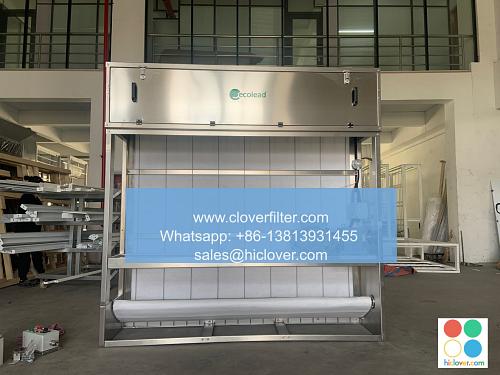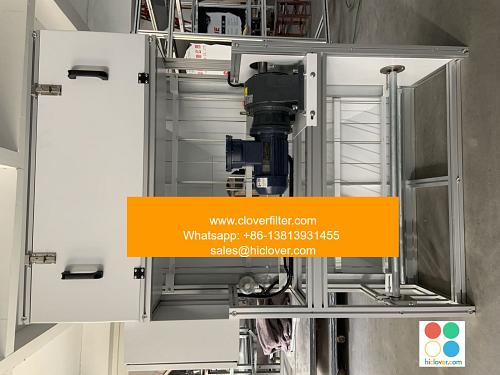Quality Control and Testing

Quality Control and Testing are crucial aspects of any product development or manufacturing process. It involves a series of procedures and protocols designed to ensure that a product meets the required standards, is reliable, and functions as intended. In this article, we will explore the importance of Quality Control and Testing, its application areas, and the various techniques and tools used in this field.
What is Quality Control and Testing?
Quality Control and Testing, also known as QC and Testing, or Software Quality Assurance (SQA) in the context of software development, is a systematic process used to evaluate and measure the quality of a product. It involves a range of activities, including Black Box Testing, White Box Testing, Grey Box Testing, and Acceptance Testing, to name a few. The primary goal of QC and Testing is to identify defects, bugs, or errors in a product and ensure that it meets the specified requirements and standards.
Application Areas of Quality Control and Testing
Quality Control and Testing has a wide range of applications across various industries, including:
- Software Development: QC and Testing are essential in software development to ensure that the software meets the required standards, is reliable, and functions as intended.
- Manufacturing: In manufacturing, QC and Testing are used to evaluate the quality of products, such as Consumer Goods, Automotive Parts, and Aerospace Components.
- Pharmaceuticals: In the pharmaceutical industry, QC and Testing are critical to ensure the quality and efficacy of medicines and Medical Devices.
- Food Processing: QC and Testing are used in food processing to ensure the quality and safety of food products.
- Agile Testing: A software testing approach that involves iterative and incremental testing.
- Test-Driven Development (TDD): A software development approach that involves writing automated tests before writing the code.
- Continuous Integration and Continuous Deployment (CI/CD): A software development approach that involves automated testing, building, and deployment of software.
- Defect Tracking Tools: Tools used to track and manage defects, such as Jira and Trello.
- Improved Product Quality: QC and Testing help ensure that a product meets the required standards and is reliable.
- Reduced Costs: QC and Testing help reduce costs by identifying defects and errors early in the development process.
- Increased Customer Satisfaction: QC and Testing help ensure that a product meets customer expectations and requirements.
- Reduced Risk: QC and Testing help reduce the risk of product failure and liability.
Techniques and Tools used in Quality Control and Testing
There are various techniques and tools used in QC and Testing, including:
Benefits of Quality Control and Testing
The benefits of QC and Testing are numerous, including:
Conclusion
In conclusion, Quality Control and Testing are critical aspects of any product development or manufacturing process. It involves a series of procedures and protocols designed to ensure that a product meets the required standards, is reliable, and functions as intended. By using various techniques and tools, such as Black Box Testing, White Box Testing, and Defect Tracking Tools, organizations can ensure that their products meet customer expectations and requirements, and reduce the risk of product failure and liability. You haven’t provided a prompt or question for me to respond to. Please provide more context or information so I can assist you better. What would you like to talk about or ask?


